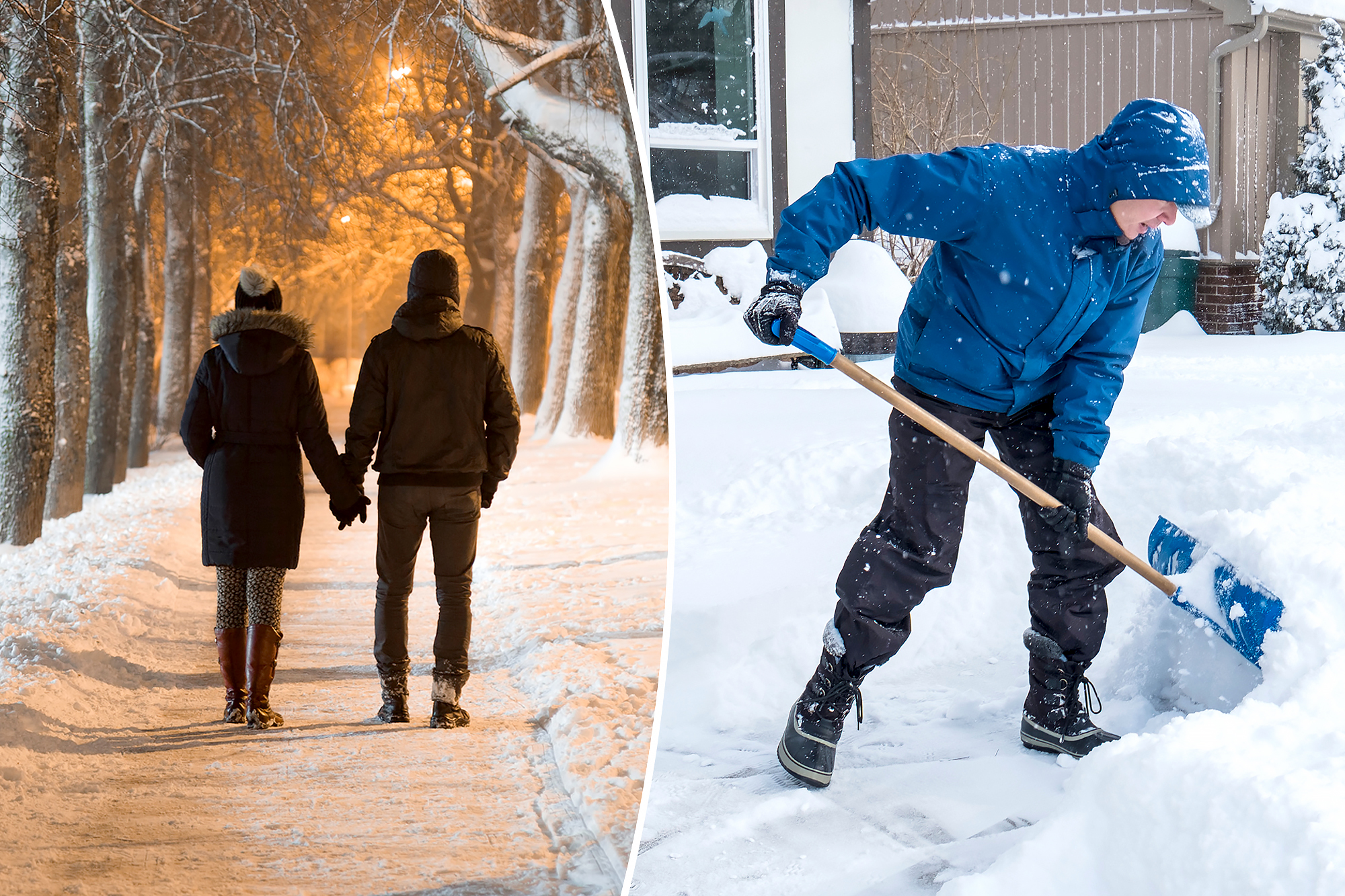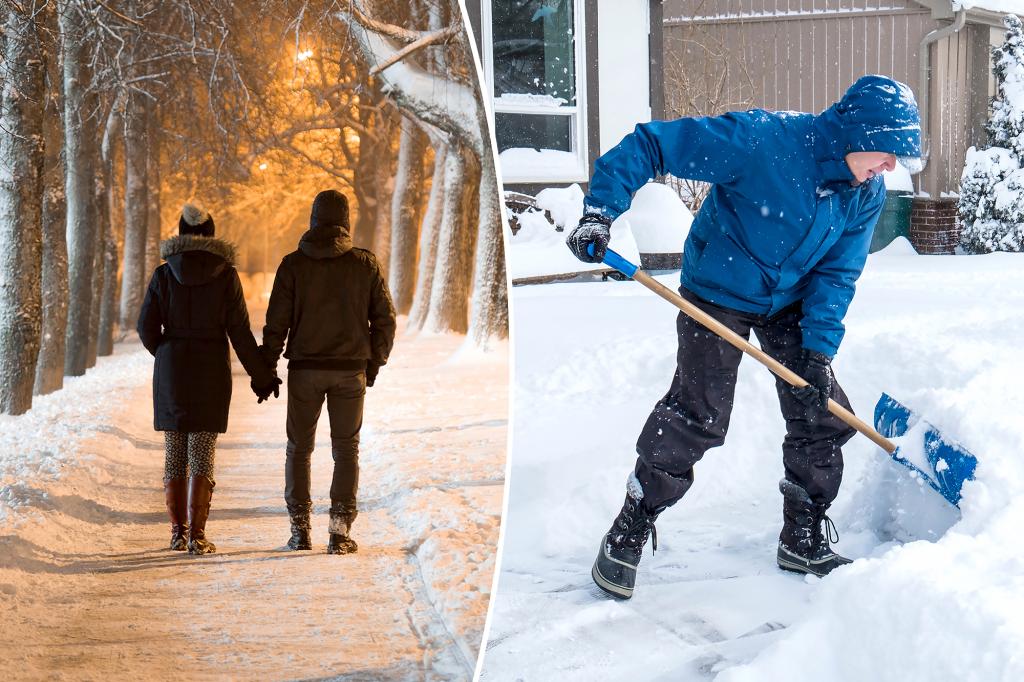
Oh, the weather outside is scary – and not needing a trip to the ER would be nice.
Unfortunately, many people end up in the hospital each year due to winter-related injuries, some serious enough to require surgery.
Dr. Nicole M. Stevens, an orthopedic trauma surgeon at NYU Langone, is warning about the most common threats and what you can do to avoid injury.
Slips and falls
“Slips and falls are very common, especially after the first snow or ice storm of the year, when it freezes. And the biggest injury I see from it is ankle fractures or ankle sprains,” said Dr. Stevens for The Post.
These falls can happen to people of any age—and they can happen anywhere. In cities where people walk a lot, there are many opportunities to hit a slippery surface and go flying.
“Metal grates are a surprisingly slippery place to fall, like those subway grates, so I’d watch out for them,” she warned.
In the suburbs, people are likely to lose their footing in their streets, climbing in or out of their cars.
And the doctor warned that just because it’s not snowing doesn’t mean there’s no threat of you falling on your butt.
“When there is snow on the ground, people are aware of it. But when it’s wet and cold and there’s more of that black ice or slush ice, people don’t realize it can be pretty slippery.”
To make your steps a little more careful, she recommends wearing shoes with tight rubber soles, as flat soles can be extra slippery on the ground.
Winter sports snafus
Even if you’re on the ice on purpose, you can still get hurt—and Dr. Stevens has seen him fall apart from ice skating injuries.
“If you go ice skating in Bryant Park or something like that, and you’re not a typical ice skater, people can fall and get wrist injuries,” she said. “This is another one we usually see when it starts to get cold.”
Although she hasn’t seen many sledding injuries, she recommends that if you do sled, make sure your path is completely clear all the way down.
Disasters with shovels
When patients come to her with a shoulder blade injury. it’s usually a matter of overuse.
“People need to be aware that shoveling is quite a labor-intensive activity, so you can be very injured afterwards,” she said.
There is also a threat of developing tendinitis or serious shoulder and back injuries, especially if your technique is bad.
“It’s a great rule of thumb whenever you’re lifting something heavy—and a snow shovel counts—to bend at the knees, not at the waist,” the doctor advised. “Try to use your knees as much as possible, treating it more like a squatting activity, as opposed to bending at the hips and shoveling snow over your shoulders.
Disasters in blowing snow
“You should absolutely never put your hand inside the snow mechanism,” said Dr. Stevens.
“People can get pretty serious injuries to their hands doing something like that. So if something is stuck or something, take it to a pro. Don’t try to manipulate it yourself.”
Don’t forget grandma and grandpa
Of course, older people are always more likely to get injured—and those injuries can be much more serious.
While it may seem safe inside your home when grandma and grandpa come to visit, it may be full of hidden dangers.
“We also see an increase in geriatric injuries, like hip fractures from just slipping and falling, indoors. And I think part of it has to do with the fact that they’re out in an unfamiliar environment, like at a girl’s or a boy’s house,” the doctor said.
“So just make sure that when you’re taking care of them, or moving them from point A to point B, it’s safe,” she added, warning against messes and upturned rugs.
#Surgeon #Beware #common #winter #injuries
Image Source : nypost.com


